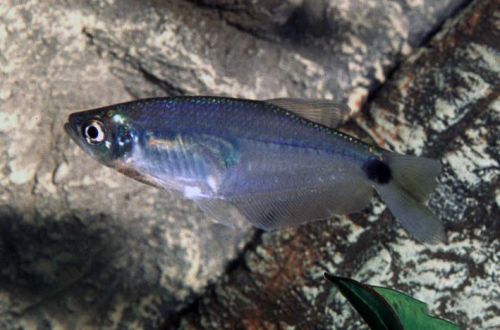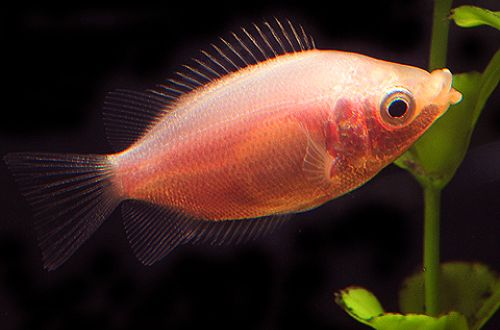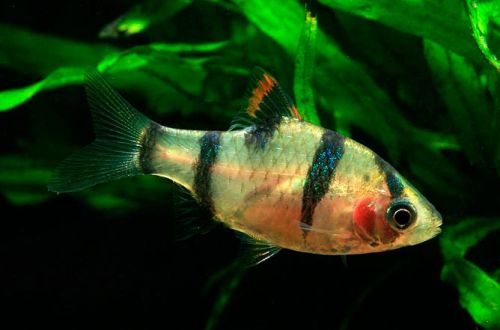
blue glass tetra
Paragoniates alburnus or Blue glass tetra, scientific name Paragoniates alburnus, belongs to the family Characidae (Characinaceae). It comes from South America, is found in the upper and middle Amazon basin, as well as in numerous tributaries of the Orinoco. Thus, the natural habitat extends to Brazil, Colombia, Bolivia, Ecuador, Peru and Venezuela. In nature, it lives at medium depth in places with dense aquatic vegetation.

Description
Despite its wide distribution in the wild, this fish is a rather rare guest in amateur home aquariums. There are some disputed data about the true sizes of adults. According to some sources, the maximum size is not more than 6 cm, according to others – 12 cm.
Under subdued lighting conditions, the fish develops blue hues. The integument of the body is translucent, which is reflected in the name of the species “glass”. There is a large black spot on the caudal peduncle.
Sexual dimorphism is weakly expressed. Males and females are almost identical. Males are only slightly larger than females.
Brief information:
- The volume of the aquarium – from 100 liters.
- Temperature – 23-27°C
- Value pH — 5.5–7.0
- Water hardness – soft (2–10 dH)
- Substrate type – any dark
- Lighting – subdued
- Brackish water – no
- Water movement – moderate or weak
- The size of the fish is up to 12 cm.
- Food – any food
- Temperament – peaceful
- Keeping in a group of 4-5 individuals
Maintenance and care, arrangement of aquariums
For a group of 4-5 fish, you will need an aquarium with a size of 100 liters or more. In the design, it is necessary to provide for a dark substrate and places for shelters in the form of thickets of plants. The lighting is subdued. If the light is too bright, the color of the fish becomes dull.
The optimal hydrochemical composition of water is in the range of acidic (5.5–7.0 pH) and mild (2–10 dH) values.
The blue glass tetra does not tolerate excessive water movement. The internal flow often provokes the operation of filters, which must be taken into account when choosing a filtration system.
Food
Due to their rarity, even in Europe, some specimens for sale may be wild-caught fish. Their diet should be chosen with care as they may refuse dry food in favor of live or frozen small invertebrates. Before buying, be sure to consult with the seller / breeder.
Behavior and Compatibility
A relatively peaceful fish, it gets along well with its relatives, but it is not a schooling species. Gets along with other non-aggressive fish of comparable size. It is noted that with a lack of space, attacks from the Blue Glass Tetra on smaller neighbors in the aquarium are possible.





